The mystique of ancient Egypt has intrigued historians, archaeologists, and cat lovers alike for centuries. Among the numerous symbols and deities that permeated their society, big cats, particularly lions and leopards, held a revered place in the cultural and religious landscape. These majestic creatures were more than just animals; they represented power, protection, and divinity to the people of ancient Egypt. Their influence is seen in art, mythology, and even daily life. Let’s delve into the fascinating world of big cats in ancient Egyptian culture.
Big Cats as Symbols of Power
In ancient Egypt, big cats were emblematic of strength and authority. The lion, with its commanding presence, was often associated with the pharaohs, who were considered earthly embodiments of divine power. This association was not arbitrary; it reflected the lion’s natural dominance in the animal kingdom. Pharaohs were often depicted in art with lions at their side, symbolizing their role as protectors and rulers of the land. This powerful imagery reinforced their authority and divine right to rule.
Lions in Egyptian Mythology
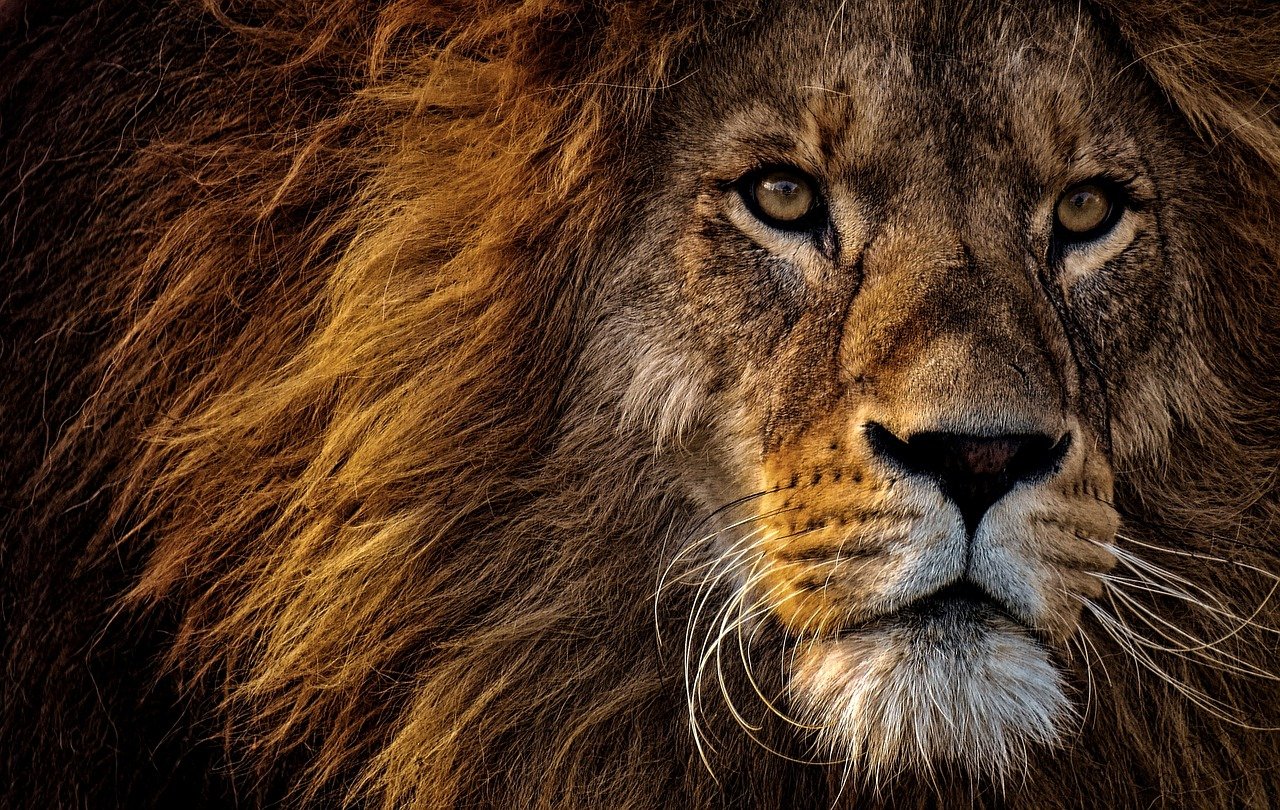
Lions held a prominent place in Egyptian mythology. The Sun God Ra, one of the most important deities, was frequently depicted as a lion. The lion’s mane symbolized the sun’s rays, and its roar was likened to the god’s mighty voice. Additionally, the lion-headed goddess Sekhmet was known as the “Mighty One,” a formidable deity associated with war and healing. Her lioness form represented both her destructive and protective powers, embodying the duality of nature.
Leopards as Sacred Creatures
While lions were often associated with the pharaohs, leopards had their own sacred significance. The leopard skin was worn by high priests during religious ceremonies, symbolizing their connection to the divine. These skins were not just decorative; they represented the spiritual transformation and protection afforded by the gods. Leopards were also linked to the god Osiris, the ruler of the afterlife, further emphasizing their sacred nature.
The Role of Big Cats in Art
Art in ancient Egypt was not merely decorative; it served as a means of communicating cultural values and beliefs. Big cats were frequently depicted in tomb paintings, sculptures, and jewelry. These representations were often symbolic, illustrating the protective and powerful qualities attributed to the animals. The presence of big cats in art reinforced their significance within the society, acting as a constant reminder of the divine forces at play.
The Duality of Cats: Protective and Destructive Forces
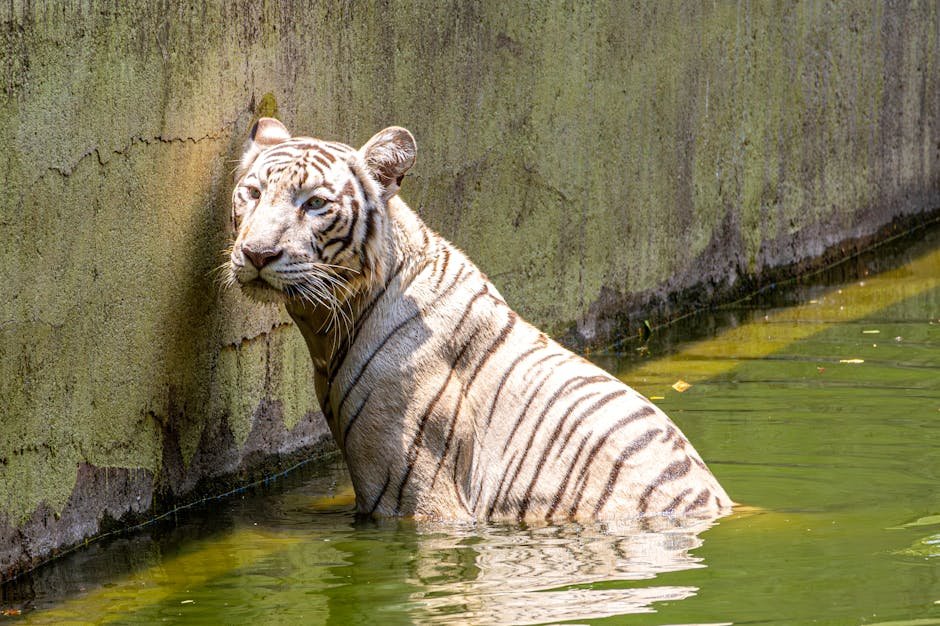
Big cats in ancient Egypt represented a complex duality. On one hand, they were seen as protectors, guarding against chaos and evil forces. On the other hand, they embodied destructive power, capable of unleashing devastation when provoked. This dual nature was embodied by deities like Sekhmet, who could bring both plague and healing. The Egyptians revered big cats for their ability to balance these opposing forces, a testament to their respect for the natural world.
The Worship of Bastet: The Cat Goddess
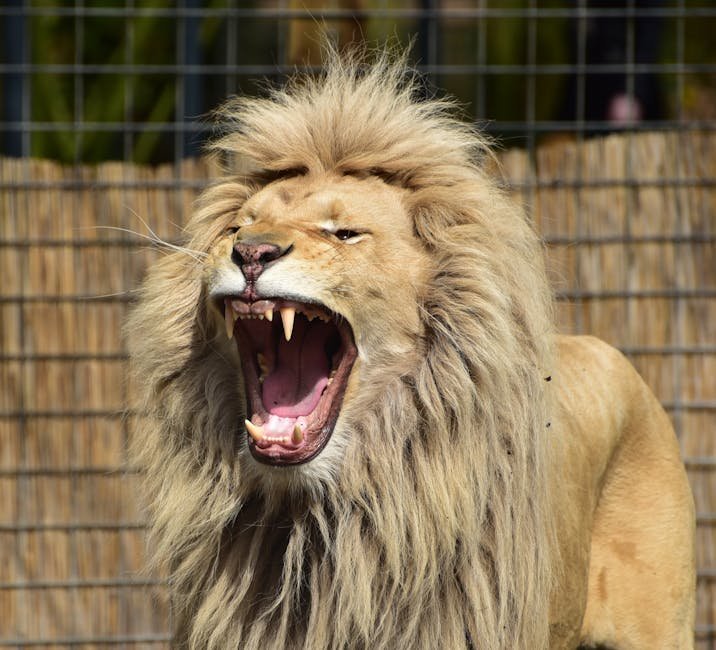
Bastet, the cat goddess, was one of the most beloved deities in ancient Egypt. Initially depicted as a lioness, she eventually took on the form of a domestic cat, reflecting her role as a gentle protector of homes and families. Bastet was associated with fertility, music, and joy, and her festivals were celebrated with great enthusiasm. The reverence for Bastet highlights the deep connection between the Egyptians and their feline companions, both big and small.
The Lion as a Symbol of the Sun
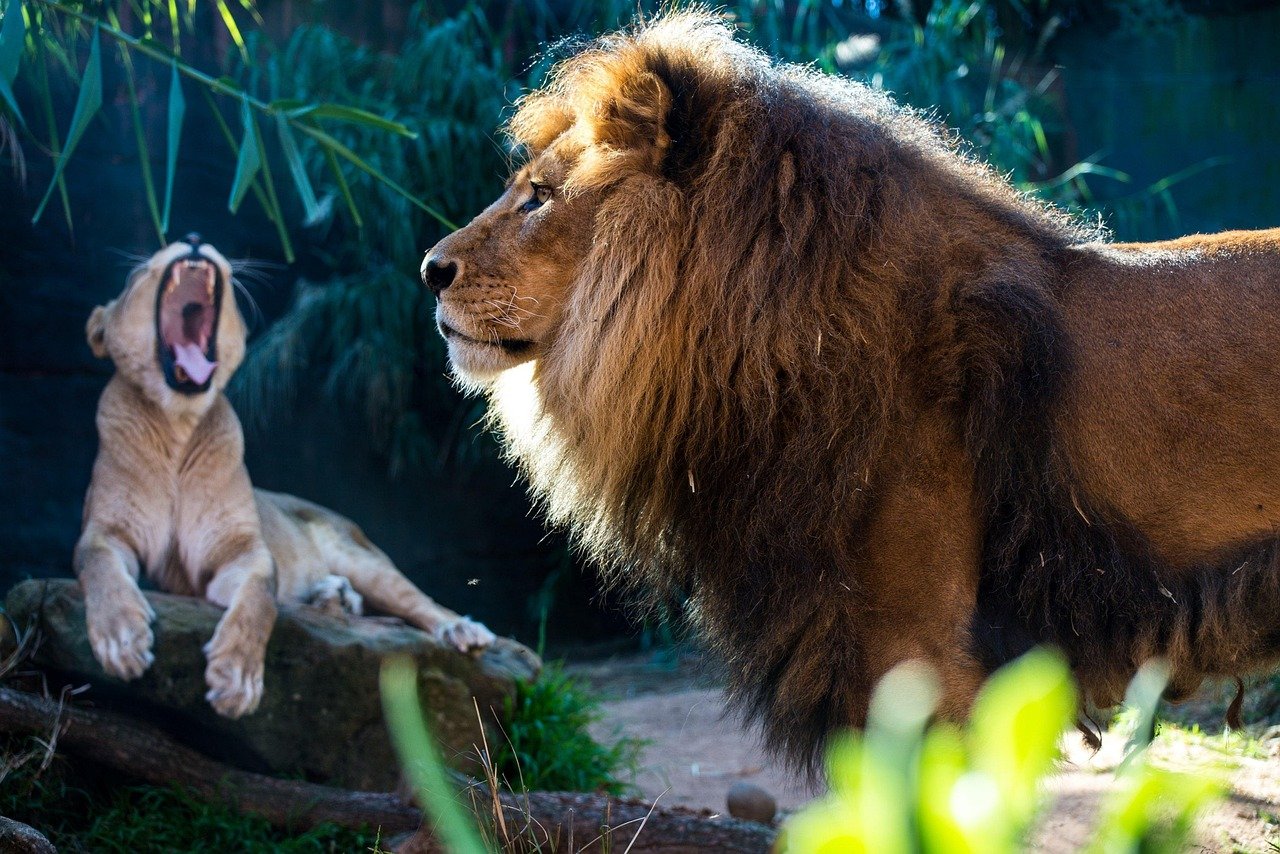
The lion’s association with the sun was a central theme in Egyptian culture. As the sun was a vital source of life and energy, the lion became a symbol of its strength and immortality. This connection was reflected in art and architecture, where lions were often depicted alongside solar imagery. The lion’s role as a solar symbol underscored its significance as a divine creature, central to the cosmic order.
The Influence of Big Cats on Egyptian Architecture
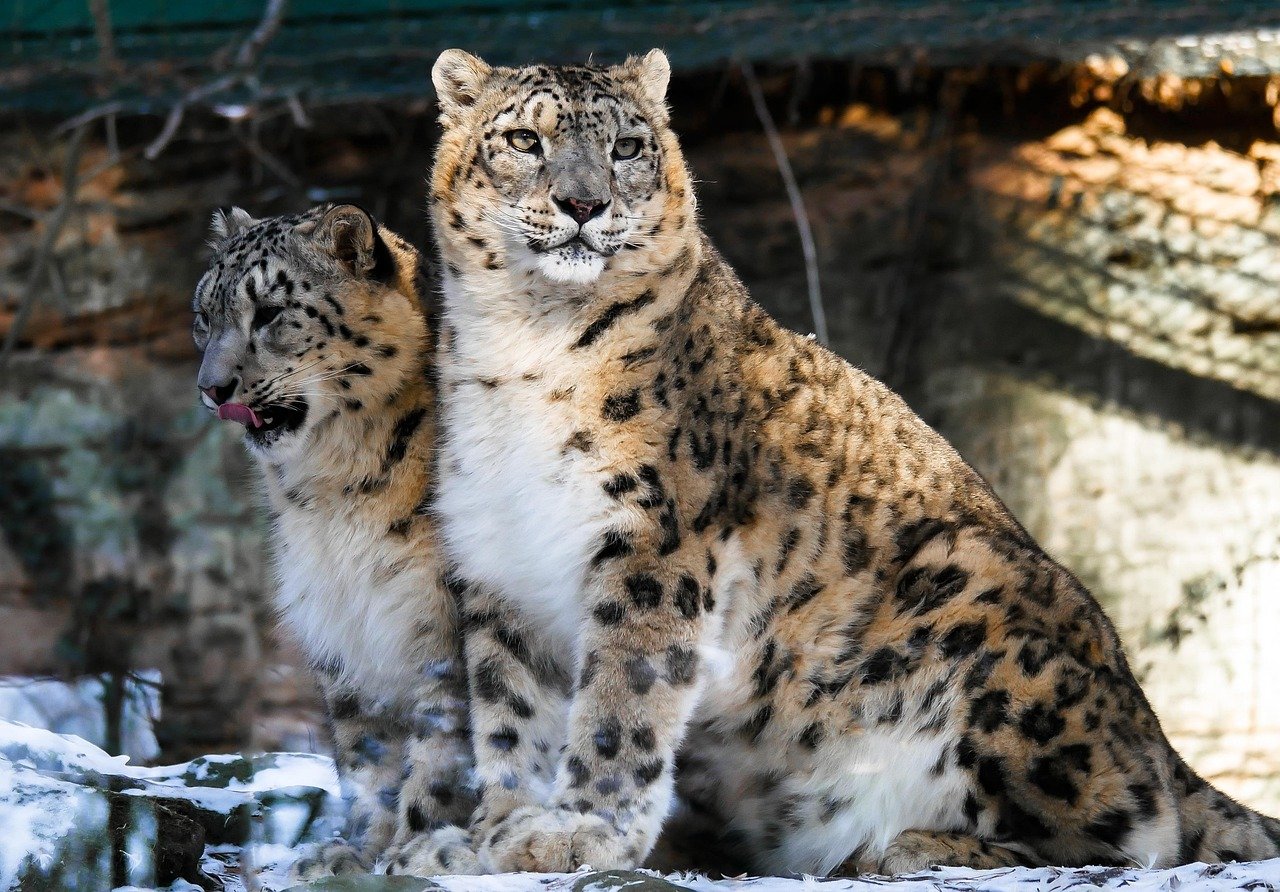
Big cats left their mark on Egyptian architecture as well. The Great Sphinx of Giza, with its leonine body and human head, is one of the most iconic examples. This colossal structure represents the fusion of human intellect and animal strength, symbolizing the pharaoh’s divine power. Additionally, lion statues often guarded temple entrances, serving as protectors of sacred spaces. These architectural elements reinforced the cultural importance of big cats in ancient Egypt.
The Role of Big Cats in Funerary Practices
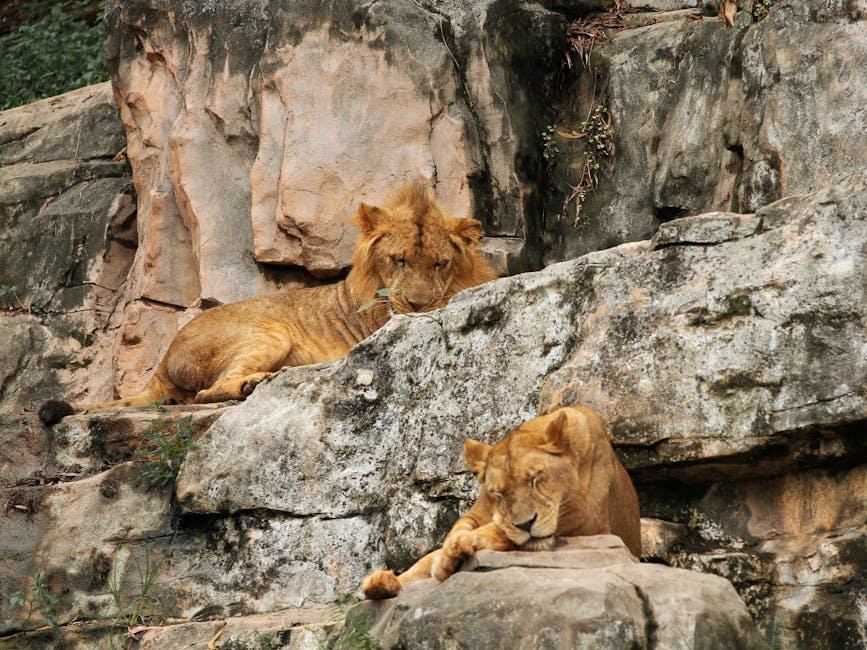
In ancient Egyptian funerary practices, big cats played a symbolic role in the journey to the afterlife. Tombs were adorned with images of lions and leopards, representing the deceased’s protection and guidance in the afterlife. The presence of big cats in these sacred spaces reflected the belief in their power to ward off evil and ensure a safe passage to the next world. This practice underscored the enduring significance of big cats in the cultural and spiritual life of the Egyptians.
The Lion Hunts of the Pharaohs
Lion hunts were a popular activity among the pharaohs, serving as both a demonstration of their prowess and a symbolic act of control over nature. These hunts were depicted in tomb paintings and reliefs, showcasing the pharaoh’s bravery and strength. The lion hunt was more than a sport; it was a ritual that affirmed the pharaoh’s divine connection and reinforced their status as the ultimate protector of the land.
The Legacy of Big Cats in Egyptian Culture

The legacy of big cats in ancient Egyptian culture continues to captivate the imagination of people today. Their powerful symbolism and enduring presence in art and mythology offer a glimpse into the complex beliefs and values of this ancient civilization. The reverence for big cats reflects a profound understanding of nature’s duality and the interconnectedness of life. As we continue to explore the mysteries of ancient Egypt, the role of big cats remains a testament to their enduring influence on the human spirit.
Conclusion
Big cats played a multifaceted and significant role in ancient Egyptian culture. Their symbolic power as protectors, their association with deities, and their presence in art and architecture all highlight their importance in the society. The reverence for these majestic creatures reflects a deep connection between the Egyptians and their natural world, a connection that continues to captivate and inspire us today.
Hi, I’m Bola, a passionate writer and creative strategist with a knack for crafting compelling content that educates, inspires, and connects. Over the years, I’ve honed my skills across various writing fields, including content creation, copywriting, online course development, and video scriptwriting.
When I’m not at my desk, you’ll find me exploring new ideas, reading books, or brainstorming creative ways to solve challenges. I believe that words have the power to transform, and I’m here to help you leverage that power for success.
Thanks for stopping by, Keep coming to this website to checkout new articles form me. You’d always love it!






